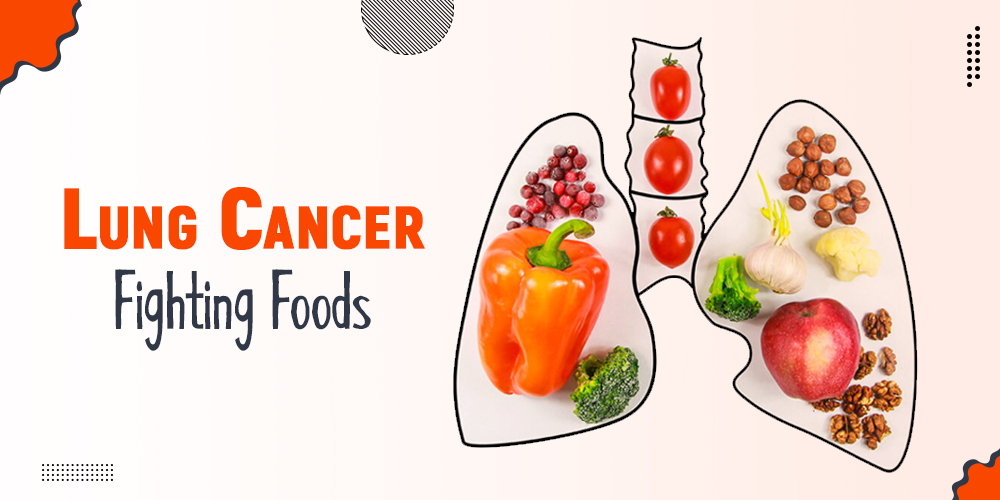CapersCapers are one of the best-known sources of a compound known as quercetin. Quercetin is a powerful antioxidant that appears to play a role in inhibiting the growth of several cancers, especially cancers of the lung, brain, blood, and salivary gland. Quercetin inhibits a signaling pathway in lung cancer cells that is necessary for the cells to partition and multiply.
Previous research discovered that, in addition to inhibiting cancer cell growth, quercetin also plays a role in cancer cell death (apoptosis).
Many other foods rich in quercetin incorporate dill weed, red onions, blueberries, apples, and green and black tea.
Berries
On the distant possibility that you need to eat something that fits the notorious stone that can hit two-winged animals, think about berries.
Dietary delphinidin repressed the development of the tumors, restricted the capacity of the tumors to recruit fresh blood vessels with the end goal of growing (something known as angiogenesis), and initiated cell death (apoptosis) among the malignant growth cells.
Berries, for example, blueberries, raspberries, blackberries, and cranberries, are stacked with mixes known as anthocyanidins. One type of anthocyanidin known as delphinidin had a critical effect on mice immunized with EGFR that transformed human lung disease cells.
Dietary delphinidin restrained the development of the tumors, restricted the capacity of the tumors to make fresh recruit vessels with the end goal of extending (something known as angiogenesis), and instigated cell death (apoptosis) among the malignant growth cells.
Carrots
Carrots are a superior source of a phytochemical called chlorogenic acid. Tumors must build new blood vessels to vegetate and spread throughout the body. Some cancer treatments are designed to break through this process, also known as maturation. In other words, if the disease can generate a blood supply for itself, it is not able to continue to expand.
Chlorogenic acidic substances appear to disturb an indicator direction in lung cancers, which is a necessity for angiogenesis to occur.
While carrots can be very rich in this compound, they would also be found in significant measure in flaxseed, apples, strawberries, potatoes, and pineapple.
Not like many foods, which may lose their protective phytochemicals during cooking, carrots are an exception to the rule. The method of cooking—and also storing cooked carrots in the fridge for a full day or two—may increase their nutrition.
Red grape juice
Resveratrol, a compound in red wine, has gotten a great deal of attention as of late and in light of current circumstances. Resveratrol not only seems to bring down the danger of building up a few diseases, but it may also work to help malignancy medications work better.
One of the issues with lung malignancy treatment is that disease cells have their very own psyche. They are “brilliant” maybe, and they end up impervious to medicines intended to kill them. Fortunately, it’s been discovered that, for example, resveratrol may sharpen tumors to the impacts of treatment. With malignant lung growth, an admission of this supplement may enhance the adequacy of conventional chemotherapy drugs, for example, Taxol (paclitaxel), Platinol (cisplatin), and Irega (gefitinib). It’s too early to prescribe utilizing this as a “treatment adjuvant,” however, getting a little resveratrol in your eating regimen isn’t going to hurt.
There is contention in prescribing a mixed refreshment, yet don’t be concerned. Red grape juice packs an incredible punch, as do different foods containing resveratrol, for example, dark chocolate and blueberries.
A nibble of a red grape squeeze, a couple of bits of dull chocolate, and a couple of blueberries could be the perfect treat that may even control the possibility that you are eating a malignant lung growth-battling diet.
Tomato Sauce
Tomatoes, and uniquely tomato sauces, possess lycopene, a useful compound for both of them in reducing the possibility of cancer and fighting it.
Lycopene works at a few points in the movement of malignant growth. It might repress the development of tumors, meddle with the procedure in which lung disease cells isolate, hinder the spread of malignancy, and help free the group of malignancy cells through apoptosis.
Likewise, lycopene has mitigating properties that may help reduce both the advancement and movement of malignant lung growth. In addition to the fact that lycopene performs activities that imply it is a ground-breaking malignant growth contender, an investigation taking a gander at more than 100,000 individuals discovered that lung disease was fundamentally less essential among the individuals who had a liberal admission of sustenance that contains lycopene.
Curry
Turmeric, a crucial ingredient in curry among other foods, contains the compound curcumin. Turmeric is the spice responsible for the yellow color of curry. Curcumin has been used in many studies of lung cancer to greatly reduce the number of invasive cancer cells. Curcumin had been evaluated for a time with diseases, as it appeared to have inhibitory, anti-inflammatory, and immune system stimulatory effects in addition to helping cell death in cancer cells. The USA Cancer Society has even stated that animal tests and lab work on turmeric look very successful, but is hesitant to suggest this spice as a precaution or treatment solution.
For those who are currently undergoing cancer therapy, the news is good as well. Curcumin could work to make cancer more delicate to the results of treatment with chemotherapy and radiation therapy, especially with a drug such as the standard lung cancer chemotherapy pill, cisplatin.
As well as a cancer prevention and treatment method, turmeric has been evaluated for its role in a wide variety of health situations, even its potential role in Alzheimer’s disease.
